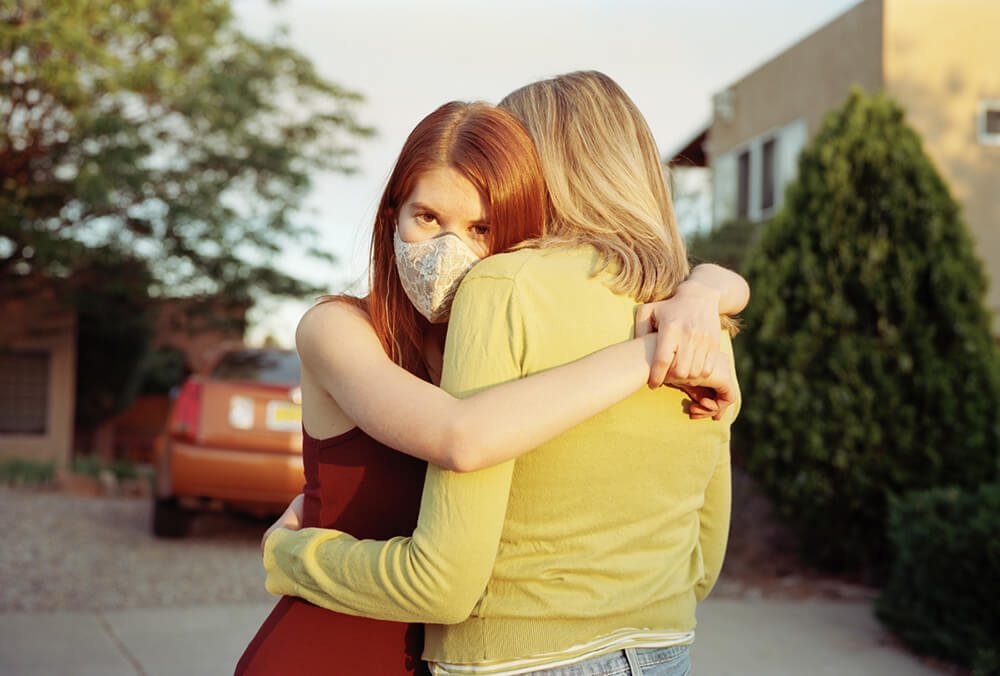FEATURED STORY
Film is a Gift
BY JENNA HOUSTON
Banner image © Thilde Jensen
Using film to give time, money, and complex, careful portraits to marginalized individuals.
Film photography can be much more than a “hipster” trend or a far-fetched tribute to history. When artists shoot film, they often think more about the photos they are taking and slow down because of image quantity caps on each film roll. Film can become expensive quickly, so artists and companies must make careful decisions on who and what is photographed.
Certain populations are negated and stereotyped when photographed, such as the chronically ill, queer communities, and people of color. These groups are also denied the privilege of having time and money put into their portraits, often resulting in quick digital snapshots that fail to capture the essence of these individuals. These surface-level portraits of marginalized people not only hurt the little media representation they get, but also are deeply rooted in the history of exploitation through documentary photography. Who is taking the photographs and who are they for?
Often, photographers document a low-income neighborhood that is getting little attention, then show those photos in the very same galleries that are gentrifying and displacing the residents. While the intention is not malicious, photographers must take responsibility for the complexities of making and exhibiting their work. Beyond this, there are a multitude examples of exploitative portraits becoming more publicized as this discourse becomes part of the photo world’s vocabulary. For example, Time Magazine put a nude black sexual-assault survivor on its cover in 2016 (here Zoe critiques Time Magazine ’s 2016 cover which can no longer be found in their digital archive, despite it supposedly being a “complete archive.”). Not only does this do nothing for the survivor, it also hurts the representation of black women, given they have been historically hyper-sexualized by the white media for centuries.
Along with sticking to communities the photographer understands, film can provide a solution to this exploitation in certain contexts. Both buying and developing film is expensive as it becomes rarer, and thus film is typically reserved for healthy rich white men – but marginalized individual should have beautiful multi-faceted portraits too. These portraits often come when members of the community are given the resources to create them, minimizing the effect of “otherness.” Resources can either take the form of supply money and artistic education for community members or the form of a photographer who will provide time, equipment, and a willingness to collaborate.
Shooting with film is a way to give time and money to people who deserve it – so what photographers are already working this way? Thilde Jensen, JJ Levine, and Andile Buka are several emerging or mid-career artists using film as a gift to other members of the chronically ill and queer communities.
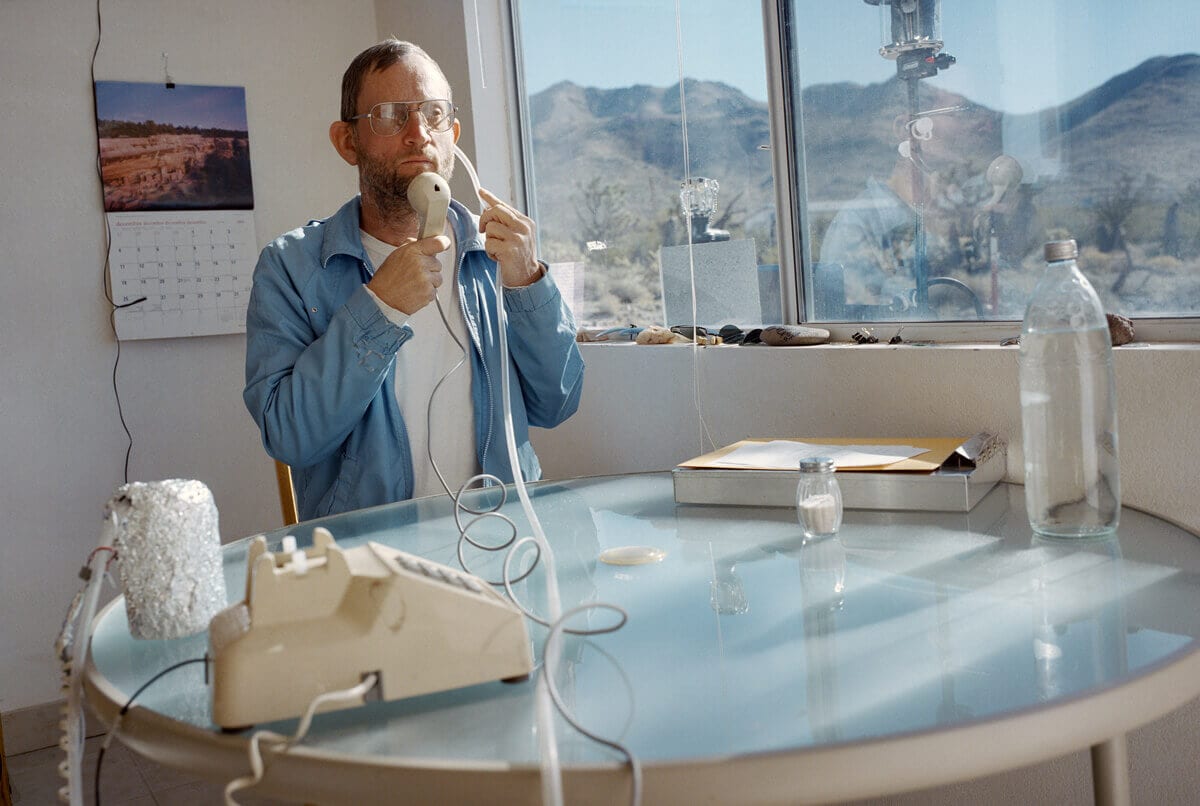
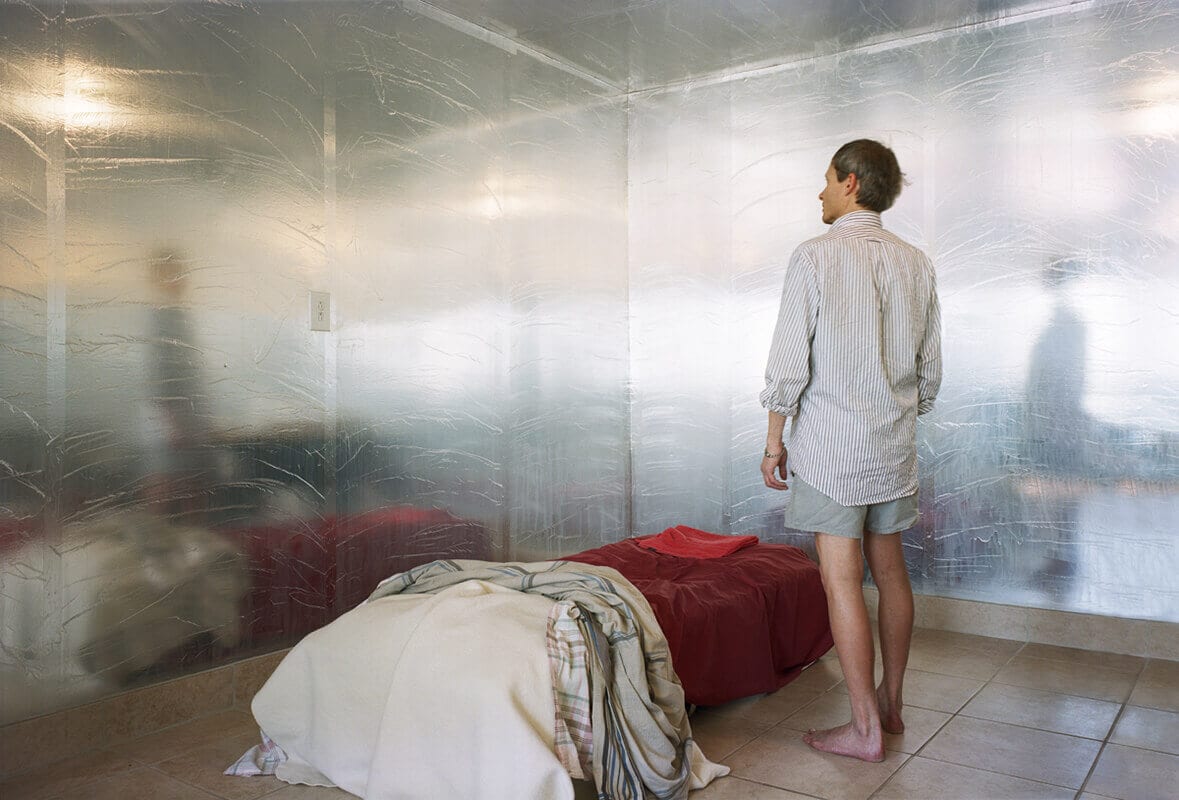
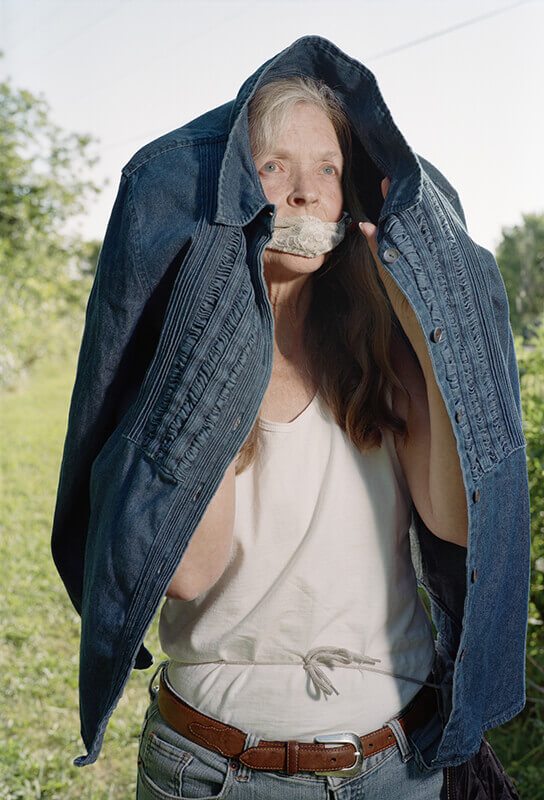
Images © Thilde Jensen
Thilde Jensen’s project Canaries focuses on individuals with Environmental Illness, who cannot live near so-called civilization due to extreme sensitivity, pain, and sickness from everyday chemicals or radio signals. This population was largely ignored for years, and after contracting the illness herself, Jensen used film to create intimate portraits of the community, mostly which lives in isolation in various undeveloped areas of the US. This was then published into a beautifully designed book of over 100 portraits, widely distributed through the photo world.
JJ Levine
Discover his work at www.jjlevine.com
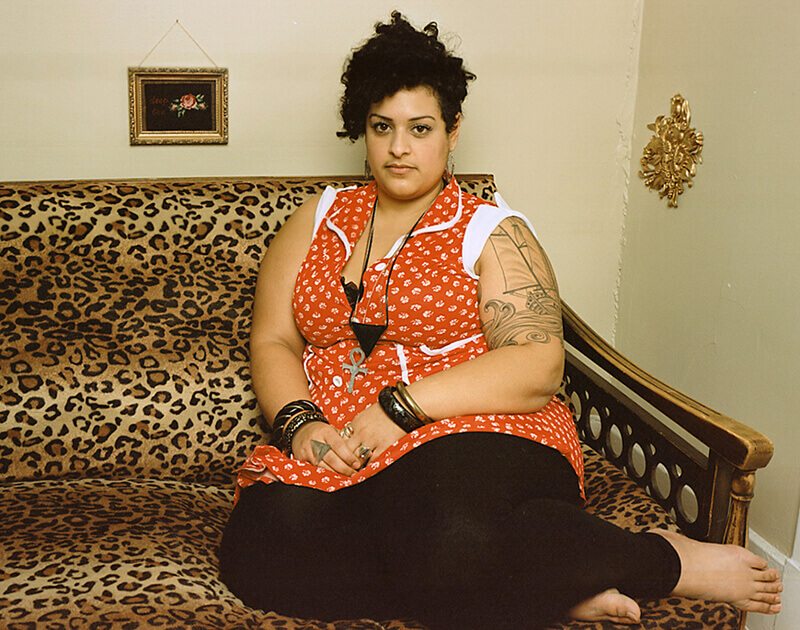
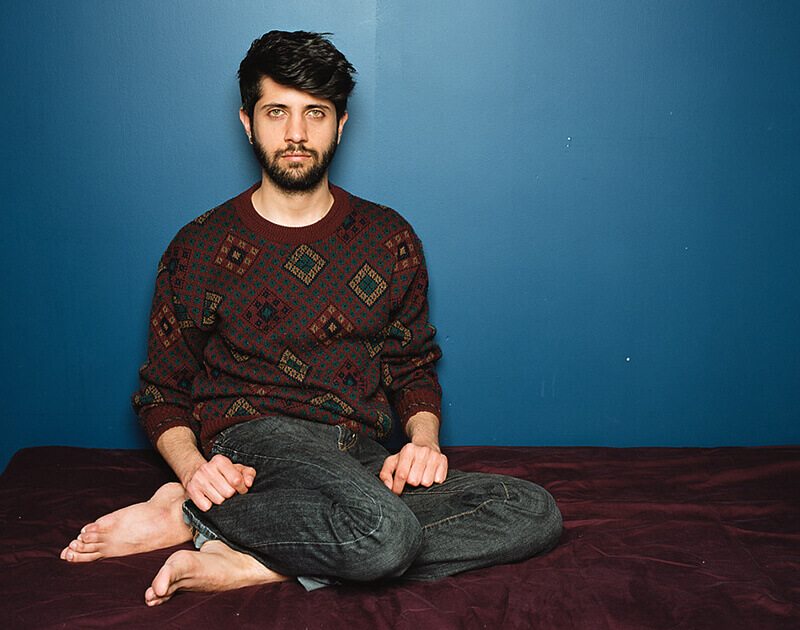
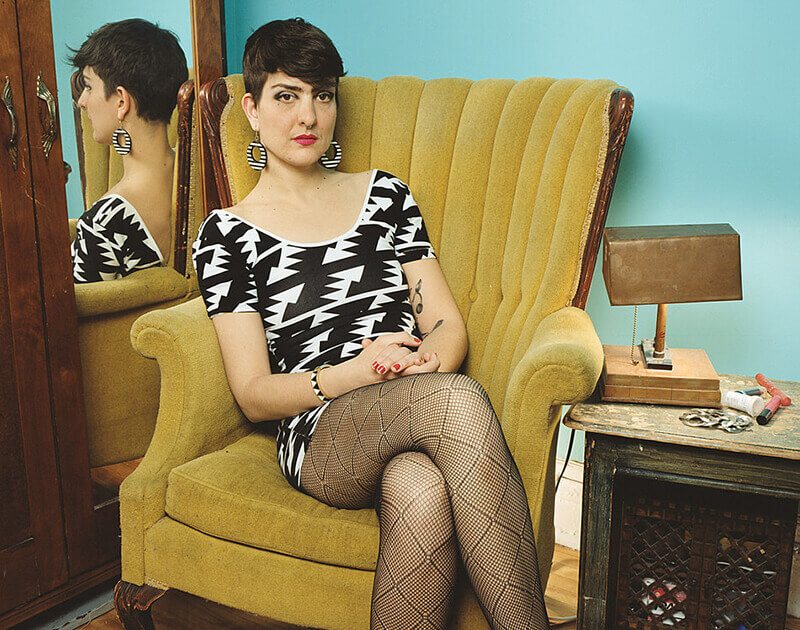
Images © JJ Levine
A queer photographer working out of Montreal, JJ Levine, has documented the queer community spanning several projects, always with dignity and understanding. He shoots large and medium format color film for a majority of his projects, and despite the cost, maintains a successful career as a photographer. Levine has been able to complete several large-scale projects of personal work on queer and trans groups, adding nuanced complexity to the usual portrayals. One such project, Queer Portraits, documents the many facets of the queer community in an intimate way as Levine photographs lovers, friends, and siblings in their homes.
Andile Buka
Discover his work at www.cargocollective.com/andilbuka and on Instagram: @buka_andile
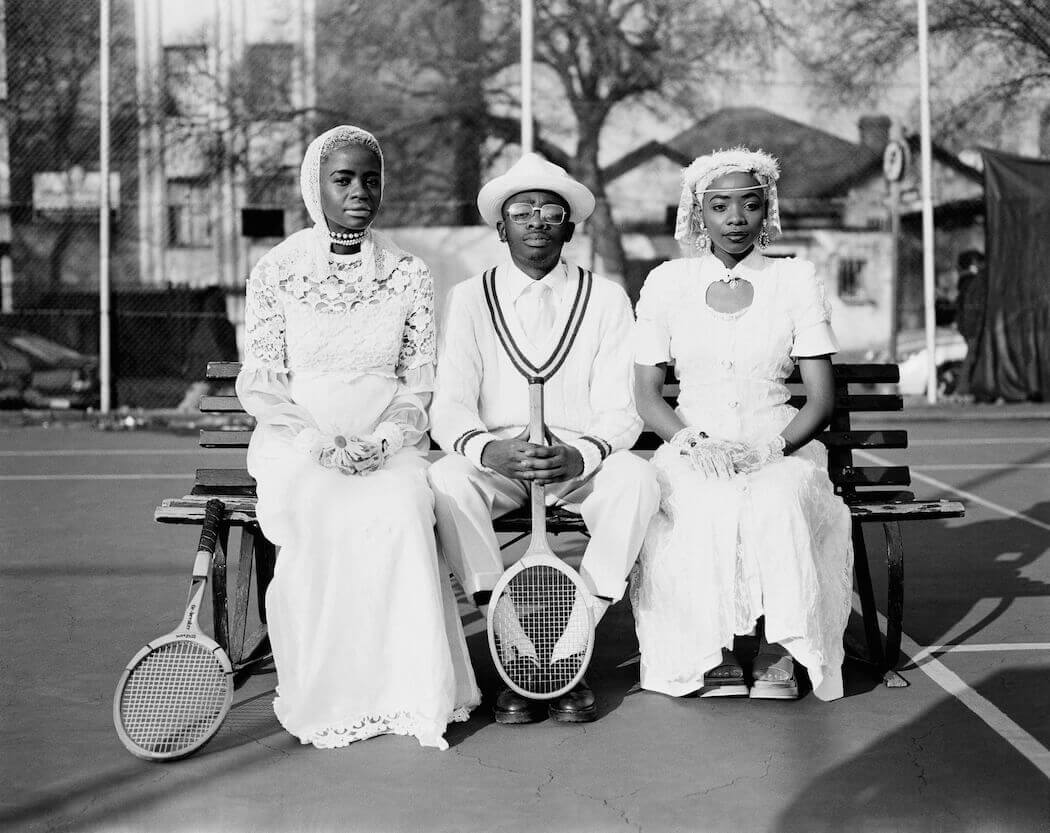
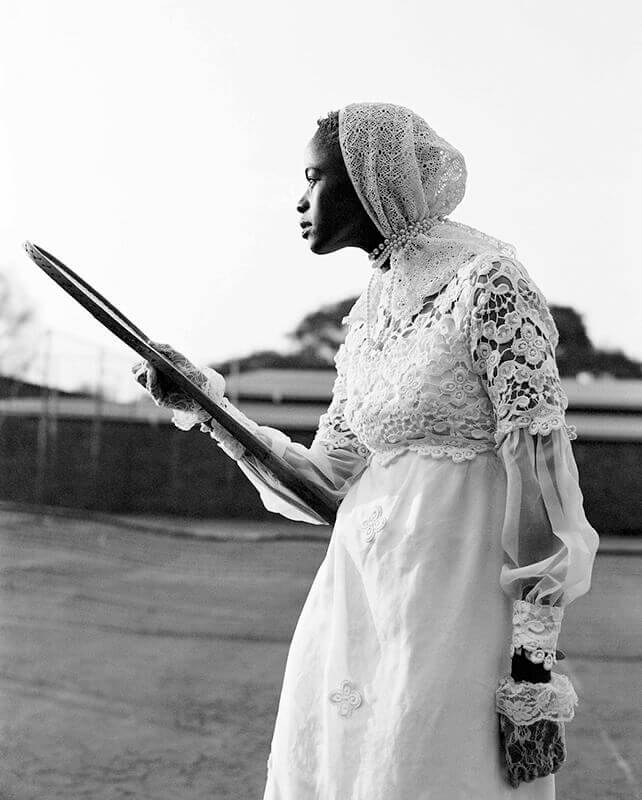
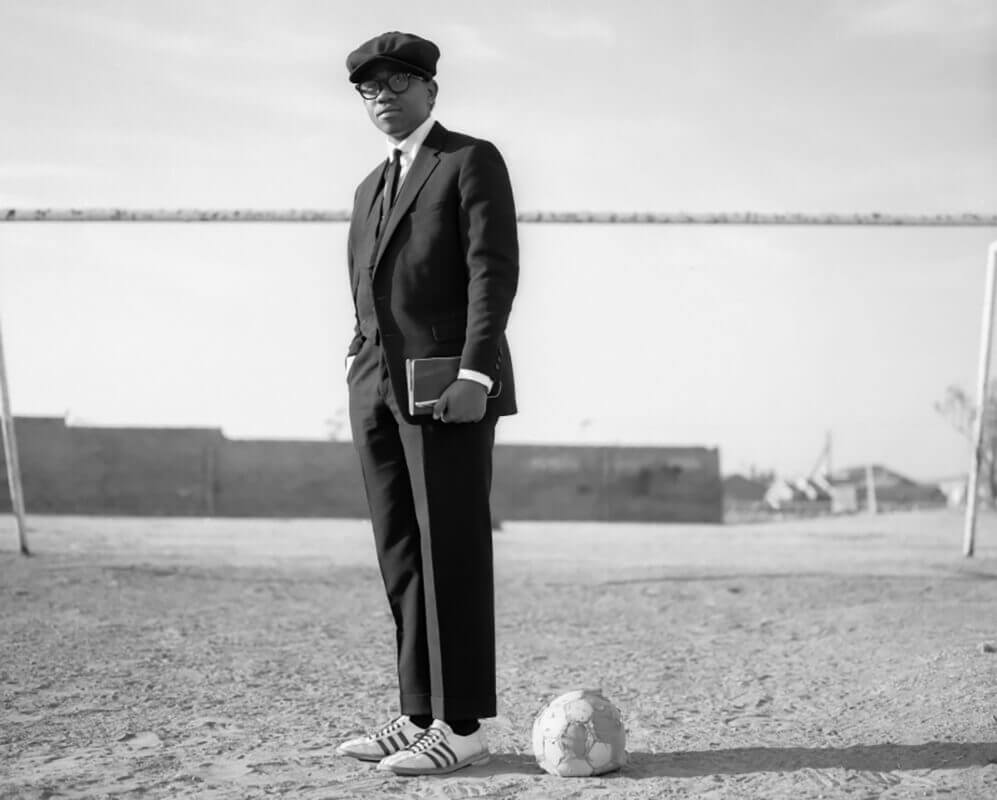
Images © Andile Buka
Andile Buka is a South African photographer working largely with the idea of sports in relation to race in a project titled Sartists Sports Project. His portraits are taken relatively quickly on the street, yet the subjects have a quiet and intentional gaze coupled with smart compositions. Buka’s multitude of projects show respect for a variety of South African communities and are shown widely.
There are many established artists such as Rania Matar, Deanna Lawson, and Catherine Opie using film to give time, money, and complex careful portraits to marginalized individuals. However, Thilde Jensen, Lula Hyers, and Andile Buka represent a newer generation of emerging photographers dedicated to using film as a tool despite rarity and rising costs.
Jenna Houston is an interdisciplinary artist and writer based in Pittsburgh, US. The themes of this article run close to her heart, through her own work documenting marginalized communities. Her ongoing medium format photographic project ‘Still Here, Still Queer’ is a series of collaborative portraits with members of the LGBTQIA+ community, celebrating their multi-faceted reality beyond the typical stereotypes of drag shows and Pride festival. And her monograph ‘Paradise; Home from Work’ shares the stories of youth dealing with chronic pain, a subject which she is currently further exploring through a documentary about vulvar pain. Jenna is currently studying for a Bachelor of Humanities and the Arts in Visual Art and Gender Studies.
See more of her work at www.jennahouston.com and follow her on Instagram: @jennakayhouston
